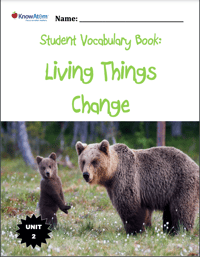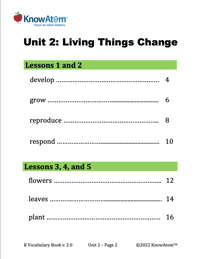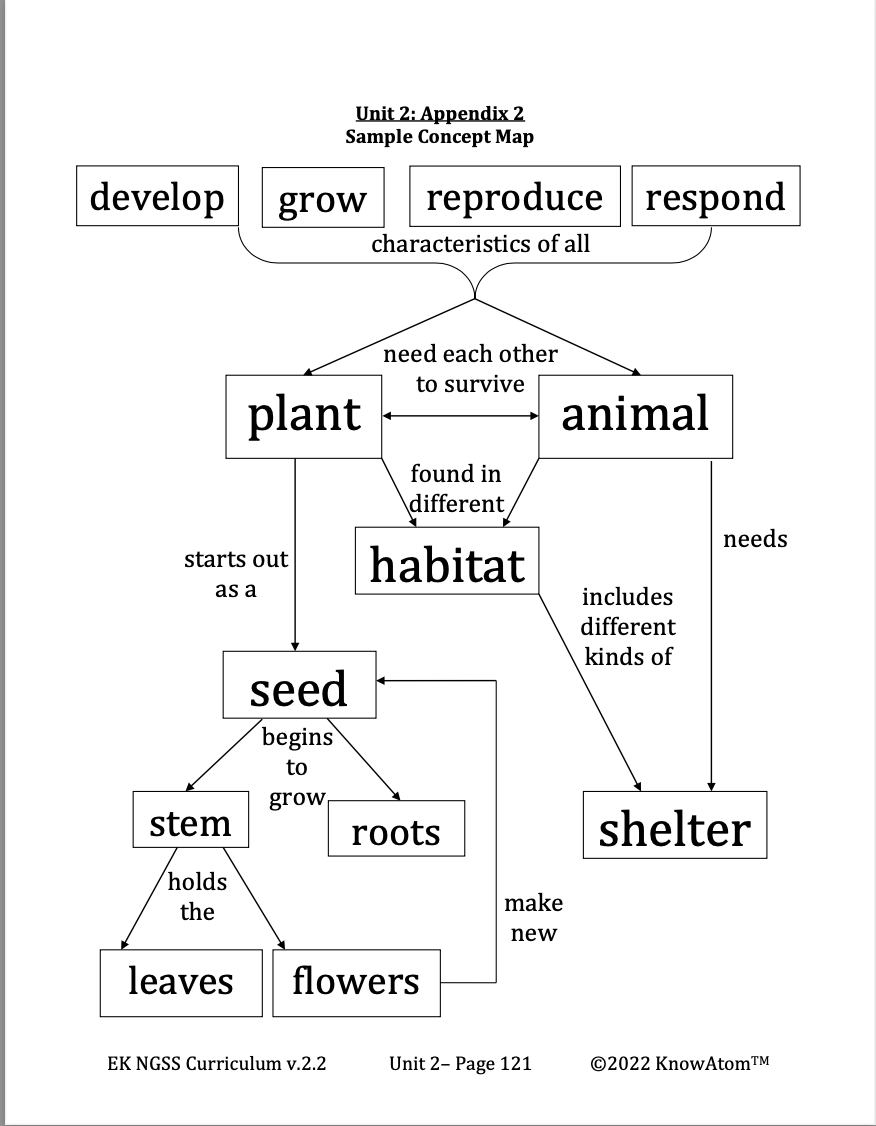In this lesson students explore the characteristics of living things by observing some animals in action, engaging in a Socratic dialogue about their observations, and experiencing a circle time nonfiction read-aloud related to the topic. Through these activities, students discover characteristics that define living things such as needing water, food, and air. Students will also use their observations to figure out that all living things grow, move, and eventually die.









